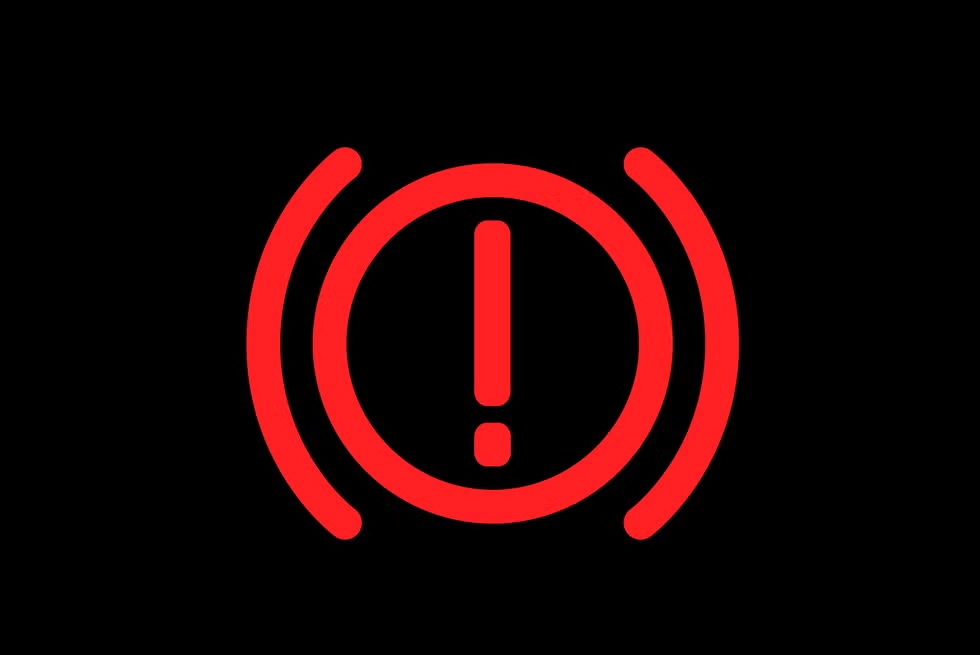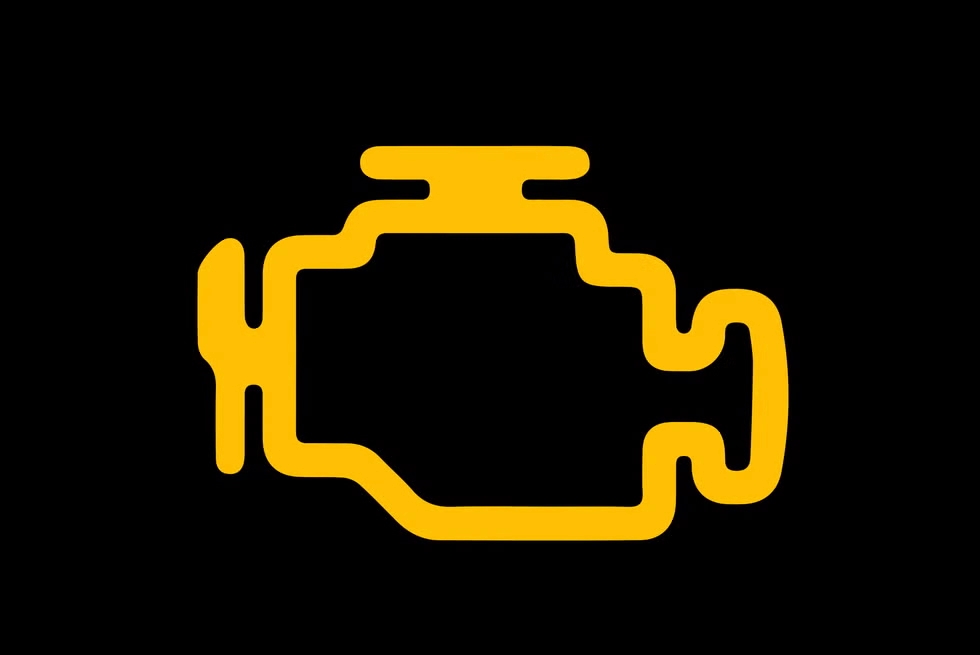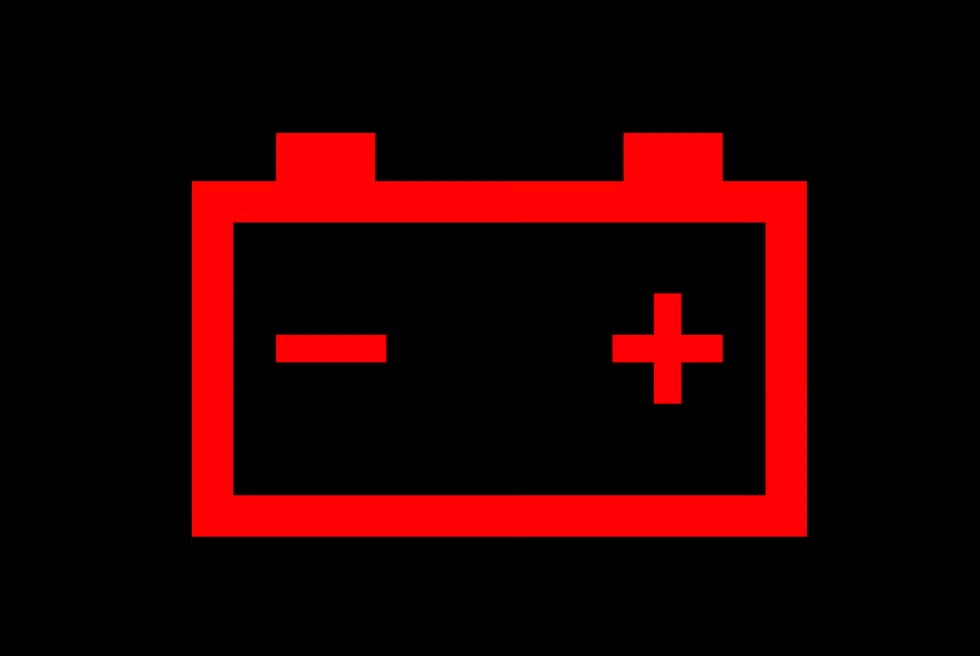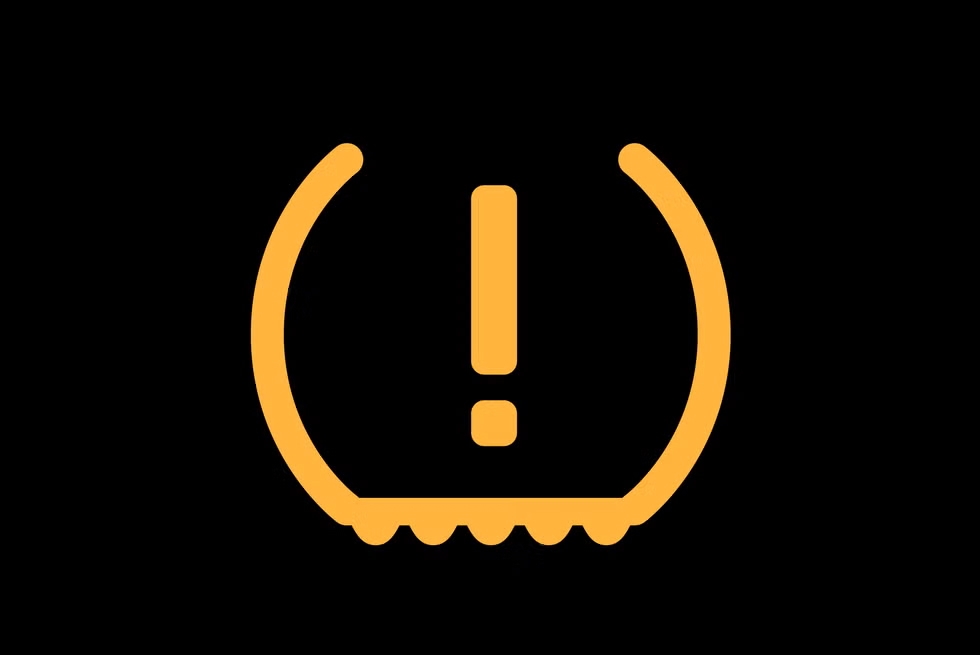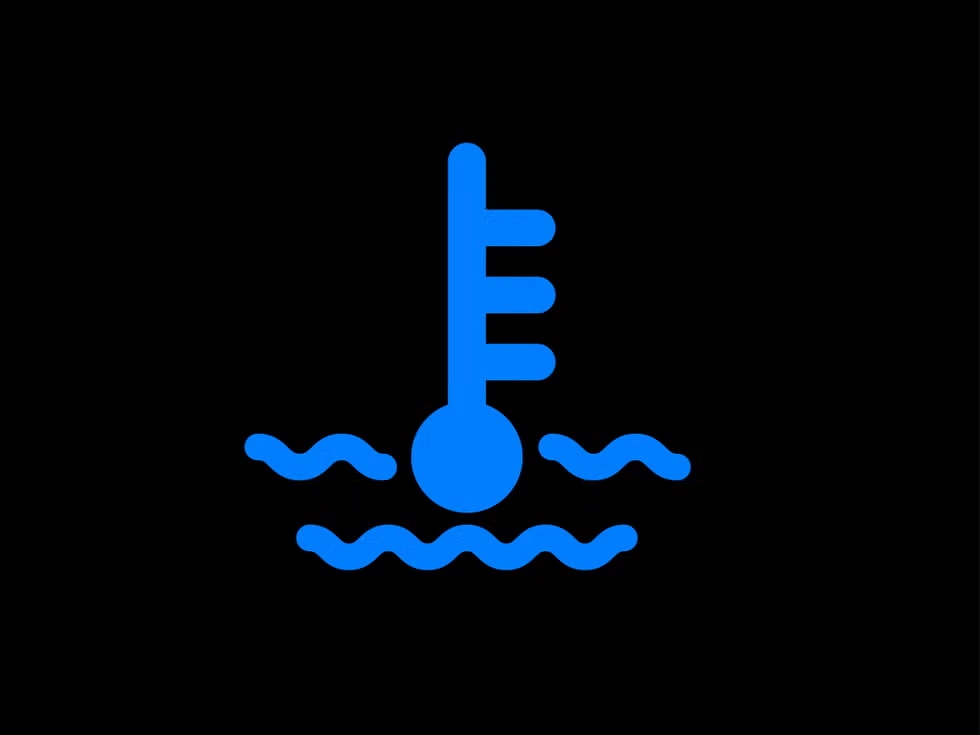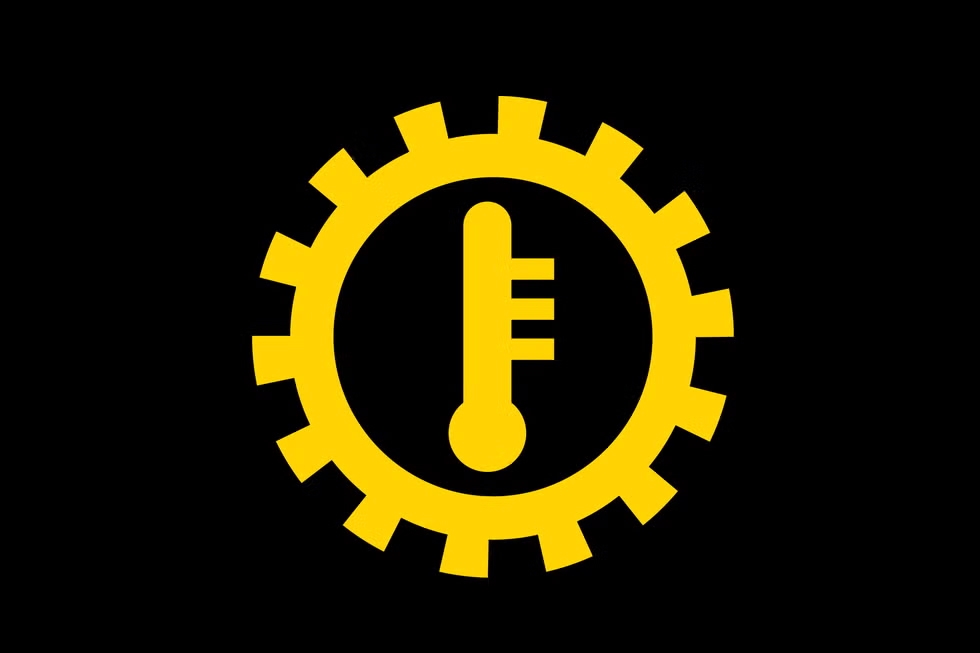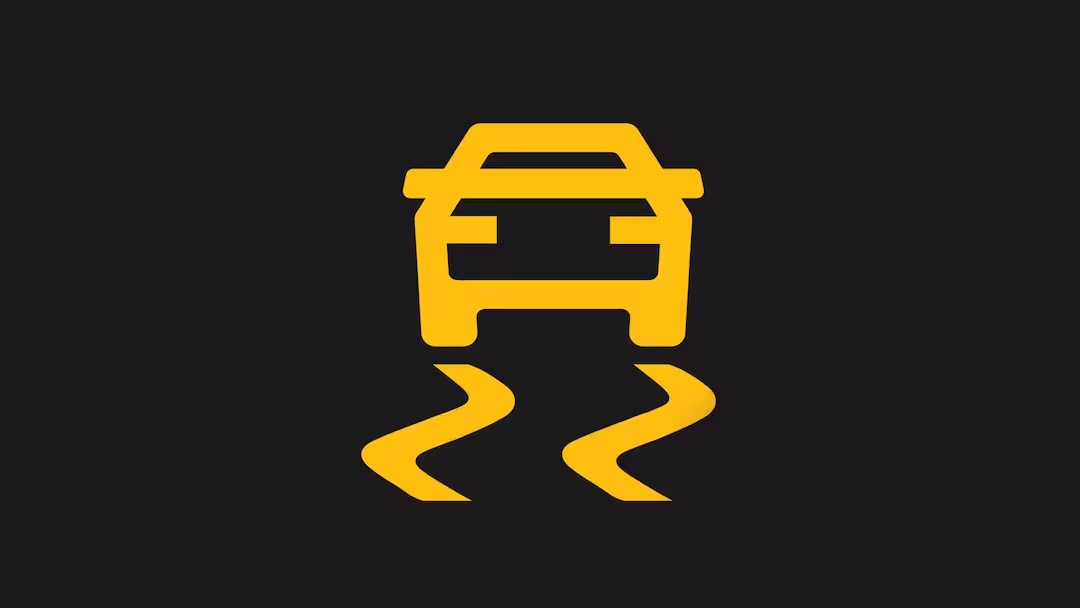Feature article
Car warning lights and what they mean
Modern cars are a marvel. They are complex yet incredibly reliable. But things can go wrong.

Modern cars are a marvel. They are rather complex machines and yet they are incredibly reliable, letting us get out and about with relative ease and freedom.
But things can go wrong. Advances in automotive electronics means these machines are constantly monitoring themselves, and making sure everything is working as intended. The vast array of sensors that keep tabs on all your car’s components are networked to the onboard computer and if something is amiss, the system can flag a potential problem before it becomes a real issue. The car does this by illuminating a warning light on your instrument panel, alerting you to a potential issue. This means something is not quite right, and it will likely require further investigation. Sometimes these warning signs are straightforward, such as when the fuel light comes on (usually a petrol pump symbol) alerting you to the fact your gas tank is near empty. Some are a little harder to understand what they might mean. Ignoring them however can be a bad idea and can lead to a breakdown and a big repair bill. So what do they all mean?
Brake warning light
This one deals with all things brake related. In most cases, it means you are driving while the parking brake is still engaged, or at least partially engaged. Release the brake fully and that should see it go away. If it remains, it might be telling you the brake pads are worn and need replacing. It could also relate to an issue with the ABS system. Either way, a mechanic is required to sort the issue.
Check engine light
This is the worst of them. Not because it means a catastrophic engine meltdown is imminent but because it can cover any number of potential problems. It might be a very minor issue, a loose electrical connector for instance, but it could also be the start of a bigger issue. If the engine light comes on and the car is still running fine, don’t panic yet. But you’ll need to head to a mechanic in the near future to get it checked. They will run a diagnostic scan to determine what the issue is and fingers crossed it’s something minor. Early detection of a potentially major issue could save you thousands in repair bills, so it’s better to get it checked sooner than later.
If your car’s engine light comes on and there’s clearly something not quite right with the way it is running, it’s best to pull over ASAP and seek roadside assistance.
Oil pressure light
Another potentially bad one. This dripping oil can and will show up if something is amiss with your oiling system. It might mean the oil level is low, and needs topping up. But likely it’s a sign of something more serious. This one requires a check up at the mechanic unfortunately.
Battery warning light
This warning light will come on when there’s something up with the battery, it might be low on charge and needing replacement. It can also relate to problems with the electrical system. So if your car starts okay, but the battery light stays on, it’s worth getting things checked at your mechanic.
Tyre pressure monitoring light
This weird symbol is supposed to represent a tyre, and when it shows up it means one of your tyres is below the recommended level of inflation. This is an easy fix; head to your nearest gas station and pump up your tyres. That should sort it. If it comes back on, it will likely mean your tyre has a leak.
Coolant temperature light
As modern cars no longer have a temperature gauge, they use a warning light to alert you to potential problems. Some will illuminate blue on start up to let you know the engine has not yet reached optimal operating temperature. And it’s best not to work the engine too hard until this light extinguishes.
It’s when this symbol illuminates red that there is a problem. It means the cooling system is too hot to work as intended, and there is a risk of the engine overheating, which is very bad. You’ll need to pull over and stop the engine to avoid a serious issue.
Transmission temperature light
This symbol, a cog with an exclamation mark inside, comes on when the temperature of the oil in the transmission gets too hot to work effectively. You’ll likely only see this one if you are towing, the extra strain of the load and constant gearshifting can overwork the trans, especially when hills are involved. You’ll have to pull over and let it cool down. Hopefully that will sort it, otherwise there is a more serious issue that will need further investigation before your transmission fails completely.
If a light in the form of a steering wheel and exclamation mark illuminates, it means the powersteering system is over heating (this can happen on winding, hill roads) and you’ll have to pull over to let the system cool down. If the steering suddenly gets heavy, there’s a more serious problem however.
Traction control light
If you see this light flickering on your dash, it is telling you the system is working as intended to sort out your traction or stability problem. If this remains illuminated, and you haven’t switched off the traction or stability control yourself, it will mean these safety systems have gone offline for some reason. You can still drive, but the system won’t be able to help you if you lose traction or the car starts sliding.
Airbag warning light
If this light stays on after you start up, it means there is some issue with the safety restraint system (SRS) and your air bags will be unlikely to deploy in the event of a serious accident.
Author
Other articles you might like
